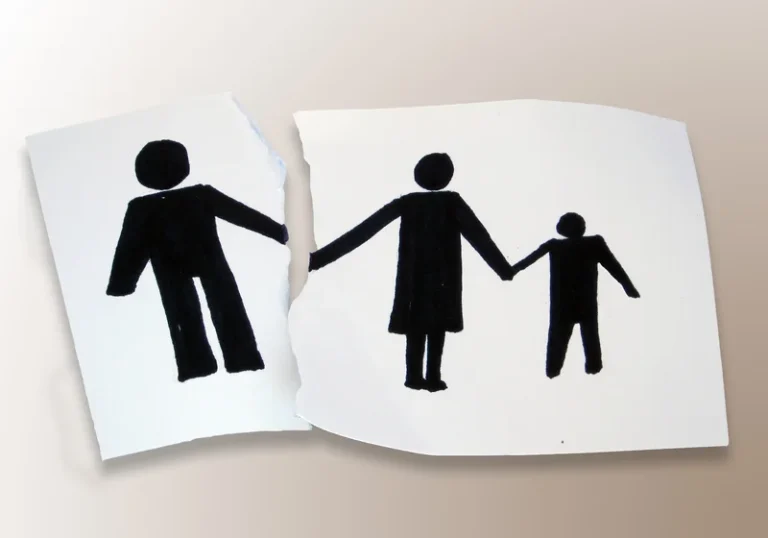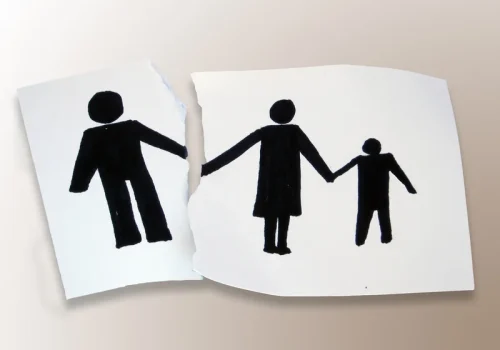Drunk Driving: The Dangers Of Alcohol

And any amount of booze detected for a driver under age 21 in the United States is considered illegal. Drunk driving can lead to lives lost, jobs lost, severe injury, legal trouble, debt, and incarceration. There is no one answer for why people drive drunk, as the reasoning can change depending on the person, situation, location, and other factors.
Journal of Studies on Alcohol

Sobriety checkpoints should be well publicized, such as through mass media campaigns, and conducted regularly for greatest impact. Zero tolerance laws make it illegal for people under age 21 to drive with any measurable amount of alcohol in their systems. These laws and laws that maintain the minimum legal drinking age at 21 are in place in all 50 states and D.C. In the past, moderate drinking was thought to be linked with a lower risk of dying from heart disease and possibly diabetes. In general, a healthy diet and physical activity have much greater health benefits than alcohol and have been more extensively studied.
Think you have a drinking problem?

The NHTSA also shared that drunk driving accounts for 28% of all traffic-related fatalities in the U.S. Penalties should include a combination of administrative sanctions (e.g. driving licence suspension) and criminal ones (e.g. mandatory minimum fines) of adequate severity. In 2022, the highest percentage of drunk drivers (with BACs of .08 g/dL or higher) were the 21-to 24-year-old age group.

Modelling the relationship between different blood alcohol concentrations and reaction time of young and mature drivers
First, as previously mentioned, energy from alcohol appears to be additive to energy from other sources 5. Several studies suggest that consuming alcohol before or during a meal does not influence the amount of food eaten in that meal, despite increasing the energy density of the meal 5. Thus, individuals do not appear to compensate for the added energy from alcohol in the short-term, and alcohol appears to have little effect on satiety 5. We also asked how often people see drivers displaying road rage – defined in the survey as an expression of uncontrolled anger toward someone else while driving. The effects of alcohol consumption on ischemic stroke5 are similar to those on ischemic heart disease, both in terms of the risk curve and in terms of biological pathways (Patra et al. 2010; Rehm et al. 2010a).

Some telltale signs of reduced coordination include trouble walking, swaying and inability to stand straight. Too much alcohol can even make it difficult to get in your car and find its ignition. Alcoholism is a condition that can be treated with the help of a specialized treatment center. If you or someone you love is struggling with a drinking problem, it’s time to seek help and get your life back on track. Preventing drinking and driving starts before the next time you plan to drink. You can use a technique of examining each individual decision you made in the past that led to a specific outcome, such as driving under the influence.

school vehicle drivers caughtfor drunk driving in 10 months
Generally, the rate of arrests for driving under the influence is very low and even those drivers who were arrested were mostly “first-time” offenders 5. With regard to the type of sanctions, 90% think that DUI is punishable by a fine, 96.4% that it may result in temporary or permanent suspension of driving license, and 70% that it can be punished with imprisonment. Deaths and injuries are the most severe outcomes of drinking and driving, but these aren’t the only potential consequences. In 2016, over one million drivers were arrested for driving under the influence (DUI). The bottom line is that alcohol is potentially addictive, can cause intoxication, and contributes to health problems and preventable deaths.
The slow development of obesity and multi-faceted nature of this condition really complicates the possibility to show a cause-and-effect association between alcohol consumption and weight consequences of driving drunk include: gain. Thus, we need to rely on short-term intervention studies and epidemiologic studies, each of which has clear limitations in showing an effect of alcohol intake on the vulnerability to gain weight. However, the preponderance of the evidence taken as a whole suggests that alcohol may be a risk factor for obesity in some individuals, especially when consumed in large quantities. After drinking, the rate of alcohol in blood that a driver is showing can vary widely due to numerous modulating variables. Among them, some important factors are the speed of drinking, the type of alcohol (fermented drinks such as beer or wine, or distilled beverages like rum or whisky) or the fact of having previously ingested some food, as well as the age, sex or body weight.
- Your attention span is dramatically reduced with drinking, which significantly increases the chance of an accident.
- For an approximation of how alcohol will affect your BAC, Wisconsin DOT provides the following guide of how many drinks it takes to reach 0.08%.
- A similar dose-response relationship exists between alcohol consumption and the incidence of atrial fibrillation4 (Samokhvalov et al. 2010b).
- Moreover, drivers know the legislation regulating DUI and they believe that the current penalty for DUI is strong enough.
- It also includes binge drinking — a pattern of drinking where a male has five or more drinks within two hours or a female has at least four drinks within two hours.
- The collaboration between Guinness Nigeria and the FRSC spans over two decades, underscoring a long-standing commitment to fostering road safety awareness and reducing accidents during the high-traffic ember months.
This finding suggests that continued alcohol consumption, even in low doses, after the onset of liver or pancreas disease, increases the risk of severe consequences. Recently, the Monograph Working Group of the International Agency for Research on Cancer concluded that there was sufficient evidence for the carcinogenicity of alcohol in animals and classified alcoholic beverages as carcinogenic to humans (Baan et al. 2007). In particular, the group confirmed, or newly established, the causal link between alcohol consumption and cancer of the oral cavity, pharynx, larynx, esophagus, liver, colorectum, and female breast.
- If you are pulled over for suspected DUI or DWI, a police officer may request that you take a field sobriety test to evaluate your motor skills and judgment.
- In other words, the state law considers drivers “under the influence” whenever their ability to safely operate a vehicle is impaired by consuming any amount of alcohol or drugs, according to Wisconsin DOT.
- It is important that the police and judicial system have adequate resources for effective enforcement.
- You might not recognize how much you drink or how many problems in your life are related to alcohol use.
- On the other hand, for heart disease caused by reduced blood supply to the heart (i.e., ischemic heart disease), the association with alcohol consumption is represented by a J-shaped curve (Corrao et al. 2000), with regular light drinking showing some protective effects.
Biceps skin fold was the only anthropometric measurement that was increased in their participants after the beer drinking condition 52. In this case both diets were isoenergetic so this is not a surprising result, as the thermic effect of food was likely higher for white wine than grape juice 53, 54. Finally, more recently, Cresci et al. 55 found that self-reported alcohol intake was not a significant predictor of success or failure in losing 5% of body weight during a 6-month weight loss intervention. As opposed to experiential and psychological risk factors, a number of studies have identified demographic (e.g., age) and situational (e.g., location) risk factors to drink driving. In particular, males have demonstrated to be over-represented within drink driving populations (Freeman et al. 2020), although the tendency for women’s drink driving behaviours has also been noted (Armstrong et al. 2014).





